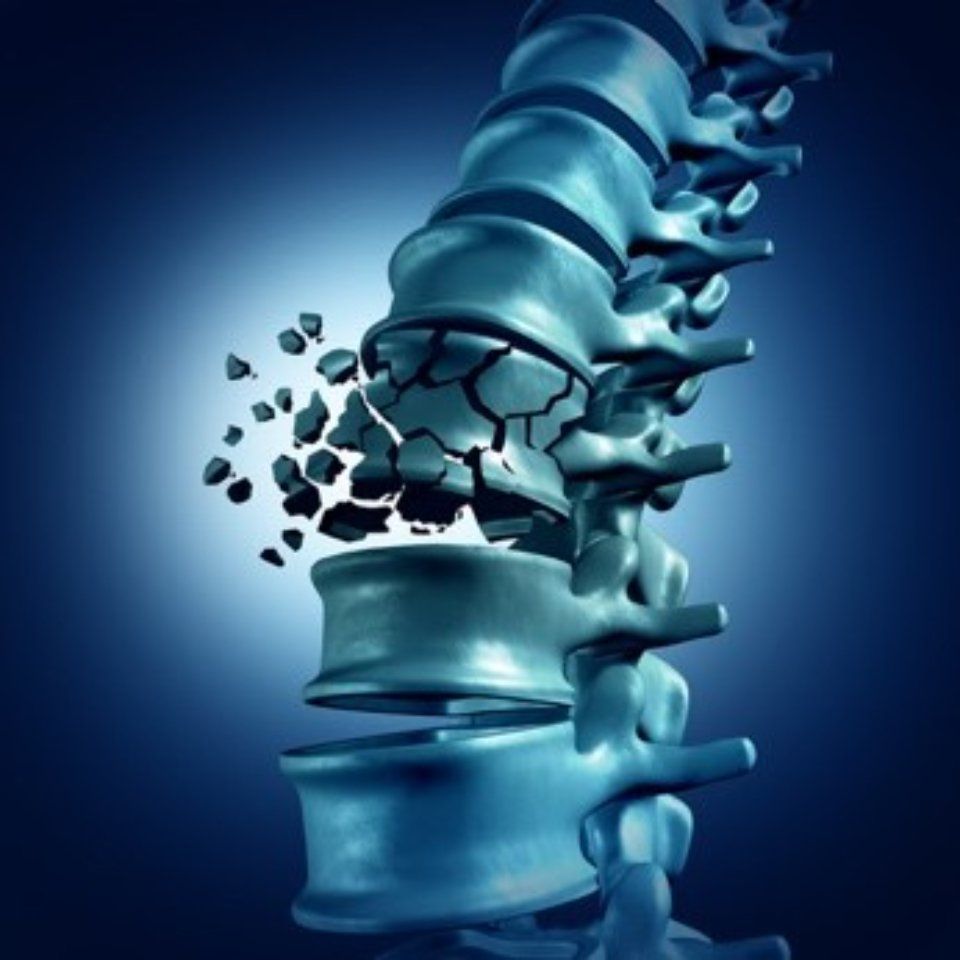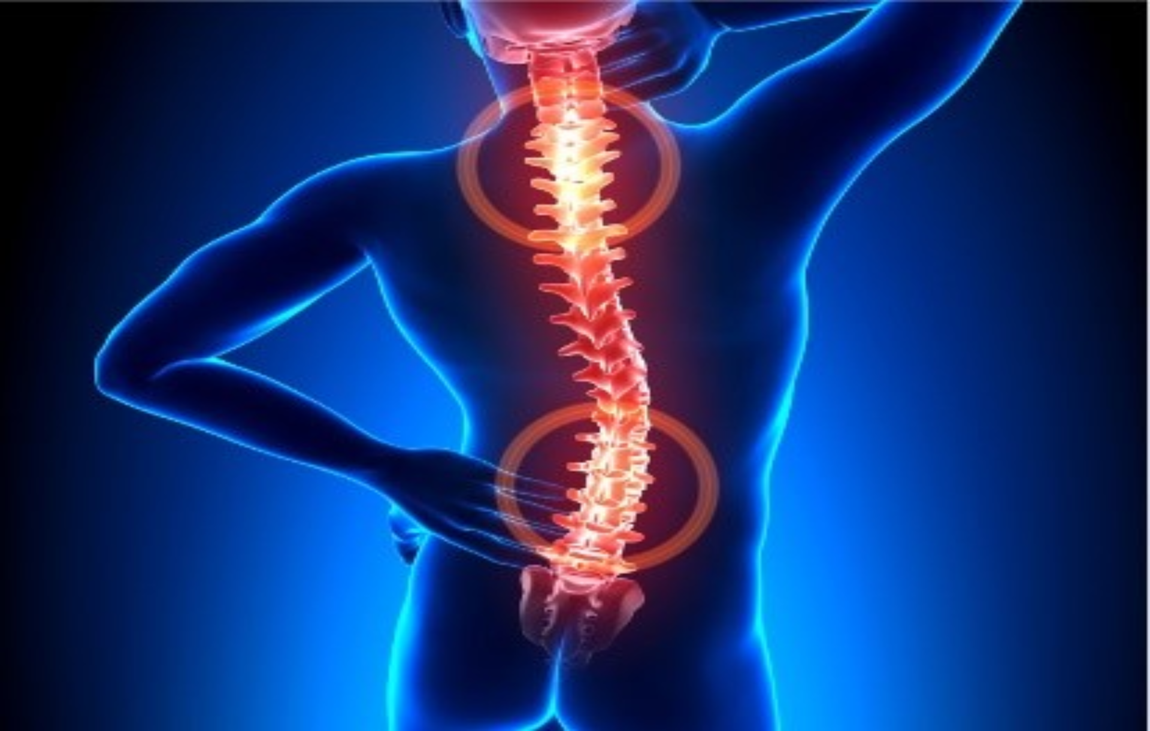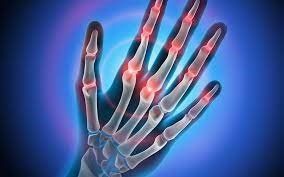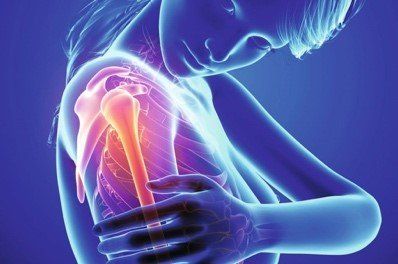Bone and joint problems
Arthritis of the neck, back and lumbar area
Arthritis is degeneration of the joint cartilage, the elastic material that covers the bones and lets them move. Patients with arthritis should start a rehabilitation programme that stops their joint cartilage deteriorating further and keeps their spine and limbs moving.
Osteoporosis and curved spine
Osteoporosis is the reduction of the bone stock in the skeleton. Bones are not the inert structures they appear at first glance; inside them are osteoblasts – cells that constantly produce bone – and osteoclasts – cells that constantly demolish it. When the balance between creators and destroyers is upset, the bones become more porous and fragile and risk fracturing, especially the spinal column, ankles and wrists. After the menopause there is a heightened risk of osteoporosis because of a reduction in the circulation of the hormone oestrogen, which controls the balance of bone production in women. This can lead to women losing 3–5% of their bone stock. Spinal osteoporosis reduces women's height and makes their spines curve. Rehabilitative treatment for osteoporosis, as practised by Dr. Giontella, has two main goals: to improve circulation between the muscles, bones and joints, and to fight deformity of the spinal column.
Senile scoliosis
Scoliosis is lateral deviation of the spinal column with consequent rotation of the vertebral bodies. If ignored, this illness will create serious a serious lack of stability in the spinal column, as well as breathing problems. Scoliosis in adolescents has been studied in depth and codified in treatment. For senile scoliosis, however, a proper process of treatment still has not been found. Dr. Giontella has been studying the senile variety for many years and planned a new form of treatment that stabilises the spine appreciably and reduces pain.
Arthritis of the ankles and knees
In the early stages of arthritis of the knees and ankles, timely rehabilitative treatment can put off the need for surgery for years.
Arthritis of the hands
Arthritis of the hands can give rise to serious problems in daily life. Proper treatment lets you keep the degeneration under control.
NEUROLOGICAL ILLNESSES
Slipped disc
A slipped disc is the result of a part of the intervertebral disc turning inside out, compromising the nervous structures in the spinal column and causing pain, sometimes very intense pain, to the back and limbs. In the past, slipped discs were operated on in 70% of cases; today that proportion has been reduced to just 10%. As for arthritic discs, my programme of rehabilitative treatment for non-surgical slipped discs lets you get your day-to-day life back.
MUSCLE AND TENDON INJURIES
Shoulders, knees and elbows
Injuries, even partial, to the supraspinatus muscles above the shoulders impose serious limits on the joints, as these little muscles are of great functional importance.
So-called tennis elbow, formally epicondylitis, can seriously damage the working of the arm. Muscle, tendon and ligament injuries in the knees often force athletes off the pitch for long periods at a time. I have managed to control these illnesses with an effective combination of treatments.
Feet
Women very often suffer from deformities on their feet known as bunions, as a result of wearing shoes with high heels and narrow toes. Another causal factor of bunions is the reduction of circulating oestrogen after the menopause, which leads to hypotonia of the muscles. The surgical solution for bunions has a high rate of failure. By using physical vascular therapy and manipulation, I can make the symptoms go into remission and prevent deterioration.
Post-surgical rehabilitation
I plan personalised programmes of rehabilitation in cycles for people who have had trauma and peripheral nerve surgery.
Delayed consolidation
I plan specific programmes for delayed consolidation.














